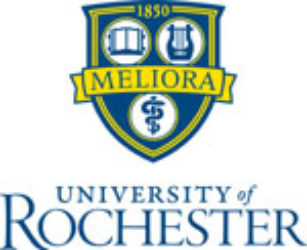Thomas Zielinski Research
My name is Thomas Zielinski, and I am currently a second year PhD student at the Institute of Optics. I am working under the direction of Professor James R. Fienup on wavefront sensing risk reduction methods for next generation telescope systems. Current work is modeled after the James Webb Space Telescope (JWST).
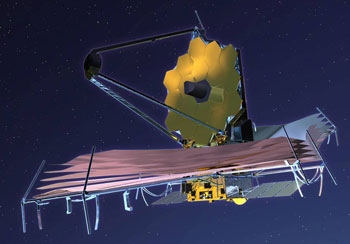
The JWST is a large infrared, segmented-aperture space telescope scheduled for launch in 2015. The large 6.6 meter primary mirror is too large to fit in any current launch vehicle, and therefore must be designed to fold in on itself. In the current design, the primary will consist of 18 controllable hexagonal segments. After unfolding, each one of these segments must then be precisely aligned. For proper operation, these segments must be positioned and maintained to an accuracy on the scale of billionths of a meter. In order to determine misalignments an image-based wavefront sensing algorithm will be used. Unfortunately, there are several possible scenarios under which a conventional variant of such an algorithm may fail. The goal of this research is to develop and characterize phase retrieval and phase diversity algorithms that are more robust under several non-ideal circumstances and can be used to phase the telescope when the current algorithms are not adequate, thereby reducing the risk of failure.
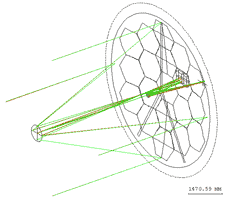
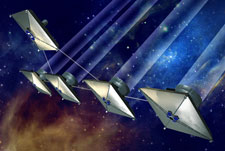
Additionally, the development of such algorithms may serve as an enabling technology for future missions. Several planned NASA space telescope missions require image-based wavefront sensing and control under conditions for which the primary fine-phasing approaches for the JWST will not be adequate. More advanced and robust algorithms will be required in order to satisfy the alignment requirements of such missions.
In order to ascertain the misalignemnts on the primary mirror, several defocused images are taken as illustrated below.
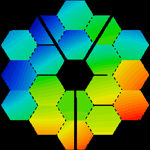
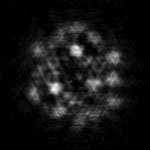
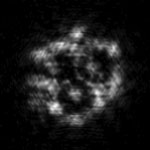
Our goals are to extend and characterize the performance of such a method in situations with :
- Lower SNR (allows use of dimmer stars)
- Larger aberrations
- Stars with nearby companions
- Extended Objects
- Significant Jitter
- Wider Optical Bandwidth
- Under-Sampled Data
- Bad Pixels
